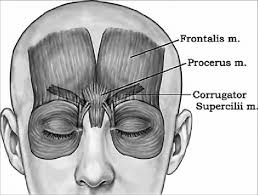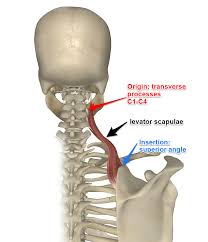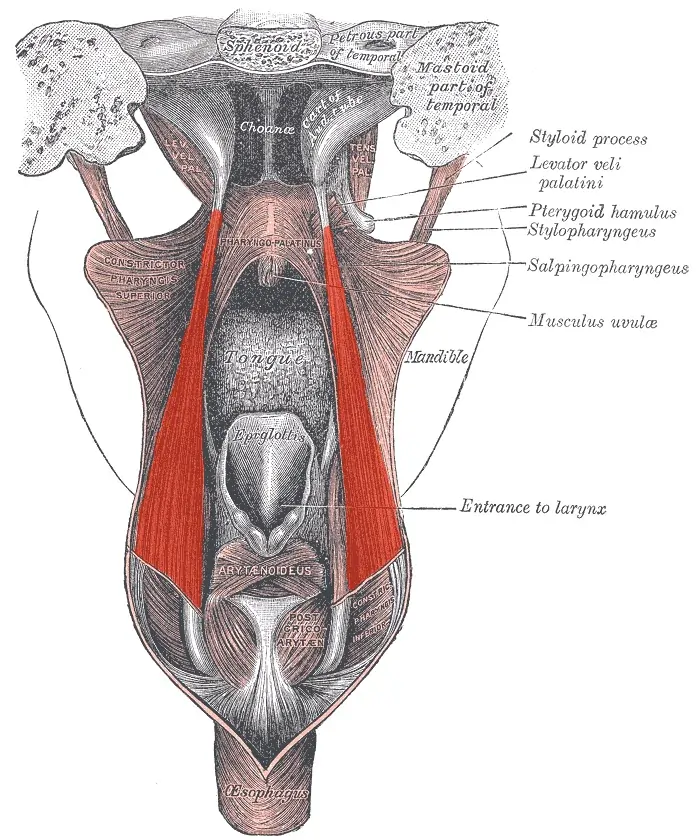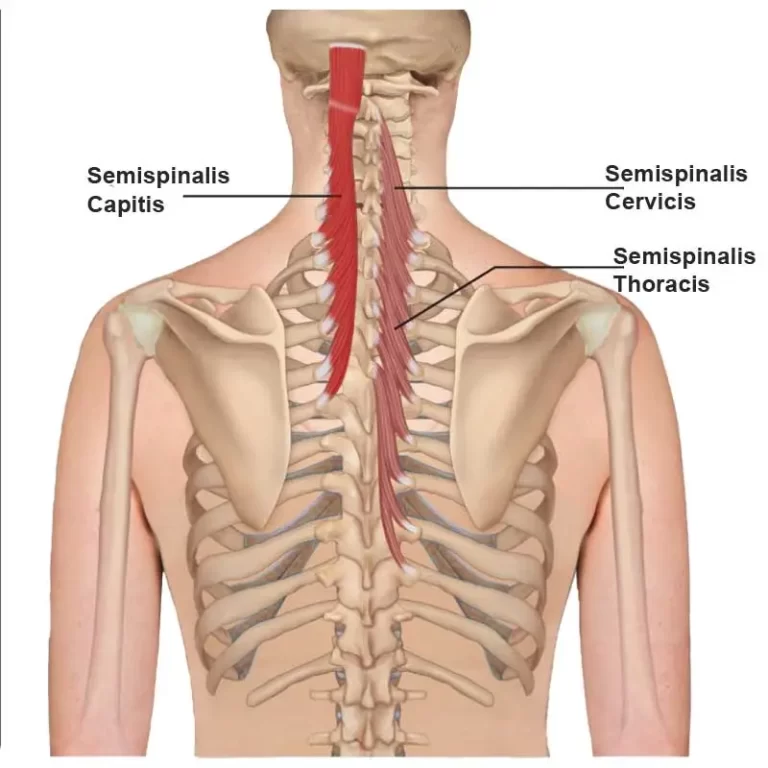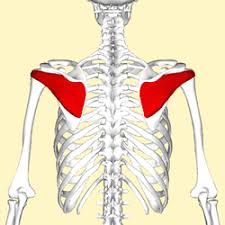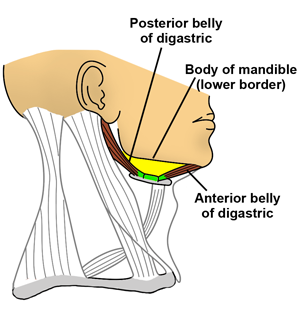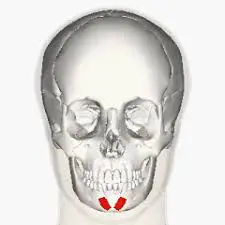Procerus muscle
Table of Contents
Procerus Muscle Anatomy
The Procerus muscle is the pyramid-shaped muscle extending from the lower part of the nasal bone to the middle area in the forehead between the eyebrows, where it is attached to the frontalis muscle. Its location allows it to pull the skin between the eyebrows down.
Origin
Procerus arises from the fascia over the nose between the lateral surface of the nasal bone and nasal cartilage.
Insertion
The procerus gets inserted into the skin over the lower part of the forehead between the eyebrows. Some of it also merges with the Frontalis Muscle.
Nerve supply
Temporal and lower zygomatic branches from the facial nerve supply the Procerus muscle.
Blood supply
The procerus muscle receives its blood supply via the lower branches of the facial artery.
Lymphatic Drainage
The superficial ring of lymph nodes, also referred to as the pericervical collar, receives lymphatics from the face, scalp, and neck. The submental, submandibular, parotid, mastoid, and occipital lymph nodes are located inside this ring of lymph nodes.
Muscle action
The procerus helps to pull that part of the skin between the eyebrows downwards, which assists in flaring the nostrils. It can also contribute to an expression of anger.
Relations
The procerus is situated deep in the skin that covers the glabella and nose’s root in the midline of the face. It covers the top portion of the lateral nasal cartilage as well as the nasal bone. The levator nasolabialis muscle attaches laterally to the lower portion of the muscle, whereas inferiorly it fuses with the nasalis.
The superior part of the procerus is connected laterally by the corrugator supercilii. The supratrochlear nerve and arteries are partially covered by procerus inserting fibres as they go from the orbit to the forehead. Additionally, this muscle covers part of the buccal branches of the facial nerve’s superficial fibres.
Embryology
The head and neck’s structures are made up of neural crest cells, endoderm, mesoderm, and ectoderm. In the pharyngeal arches, neural crest cells migrate during the fourth week of embryonic development.
The muscles of face expression are ultimately formed from the mesoderm of the second pharyngeal arch, which develops into a core of muscular primordium. The facial nerve innervates the muscles responsible for facial expression by penetrating the muscle primordium of the second pharyngeal arch.
Procerus muscle Exercise
Strengthening exercise
To strengthen the procerus, place your index finger over the middle end of your brows and stretch them out while doing the same squeeze the brows inwards.
Stretching exercise
This stretch is great for relaxing the procerus. This stretch helps to counter the horizontal line that can be pronounced on the bridge of the nose.
- Keep your face in a neutral position and place both of your index fingers on the bridge of your nose.
- With moderate pressure, glide your fingers firmly in an upward direction. Move through the stretch and hold for 5 seconds.
- Rest and repeat. Start out with 5 reps per day and work up to 10 reps per day by increasing the number of reps each week.
Anatomical Variations
Individual differences may exist in the precise dimensions and orientation of the procerus muscle. Additionally, neurovascular innervation may vary. As previously indicated, the buccal, temporal, and/or zygomatic branches of the facial nerve may be the specific branches that innervate the procerus. Similar differences may occur in the facial artery.
Surgical Importance
Botulinum toxin injections and injectable fillers, among other surgical procedures, depend on the procerus and glabellar complex’s vascular supply. Necrosis of the supplied tissues may result from an alteration in the regular vasculature. Similarly, undesired facial sagging of the medial eyebrow region may result from disturbance of the normal neural innervation of the procerus muscle and glabellar complex.
Related pathology
In Bell’s palsy procerus commonly paralysis.
Procerus activation during life eventually causes the glabellar skin to permanently wrinkle. Because of this, one popular anti-aging method involves injecting botulinum toxin, or Botox, into the procerus muscle.
FAQs
The glabellar skin becomes wrinkled and the medial end of the brows are lowered by the procerus muscle. This results in the distinctive frowning expression that a person displays when exposed to intense light while concentrating, or when they are distressed emotionally.
A facial muscle that enters into the skin of the forehead between the eyebrows and is derived from the nasal bone and cartilage on the side of the nose.
One of the muscles of the nose and a face muscle, the procerus muscle is also known as the pyramidalis nasi muscle.

